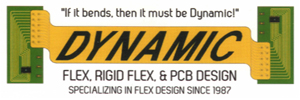Everything You Should Know about Flex-Rigid PCB Manufacturing Technology.
Rigid PCB definition
By definition, rigid
PCB is inflexible, solid printed circuit board. We are all aware that a PCB may
either be single-sided, double-sided, or multilayered. Simultaneously, a
printed circuit board can be flexible, rigid, or rigid-flex (a combination of
flexible and rigid PCB).
So, a rigid circuit board is something that we cannot force out of shape or bend; it isn’t flexible. A rigid PCB can be single-sided, double-sided, or multilayer. Once a rigid circuit board is fully manufactured, they cannot be folded into or modified to any other shape.
(more…)






